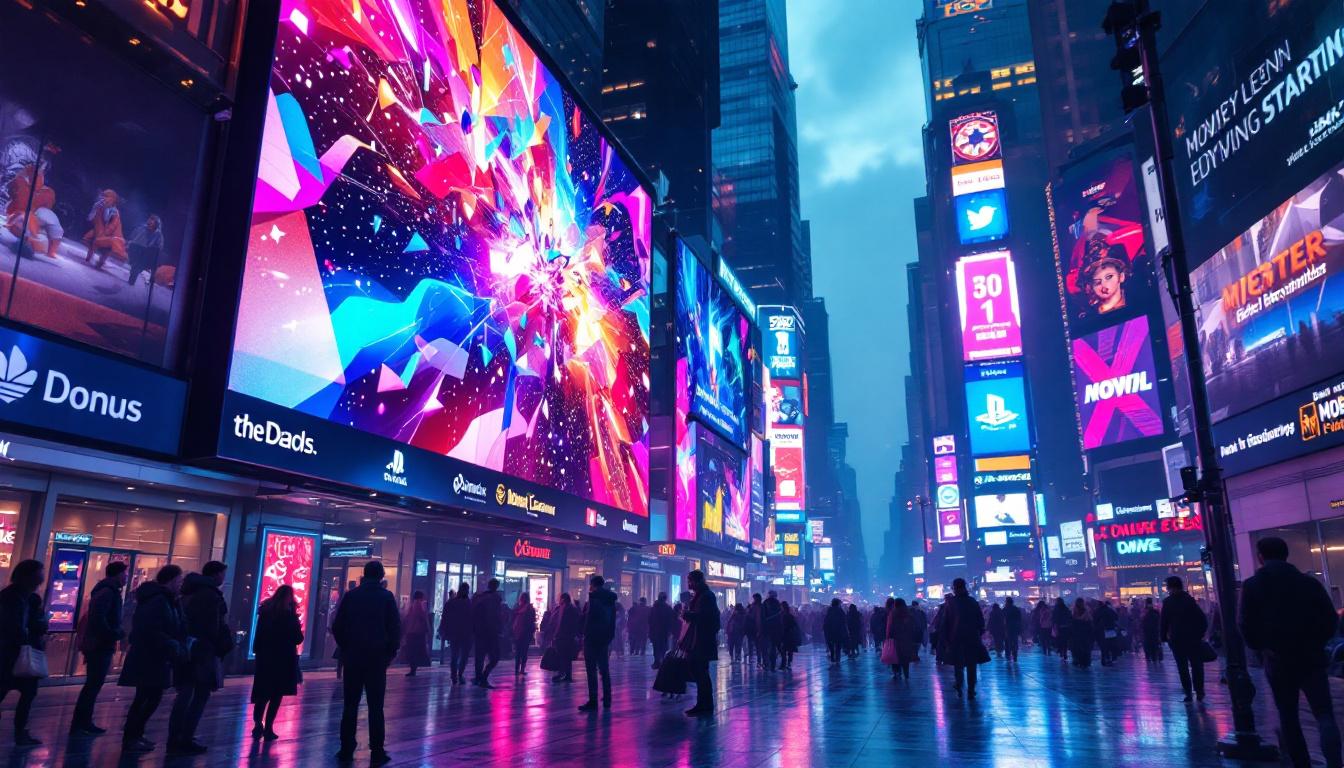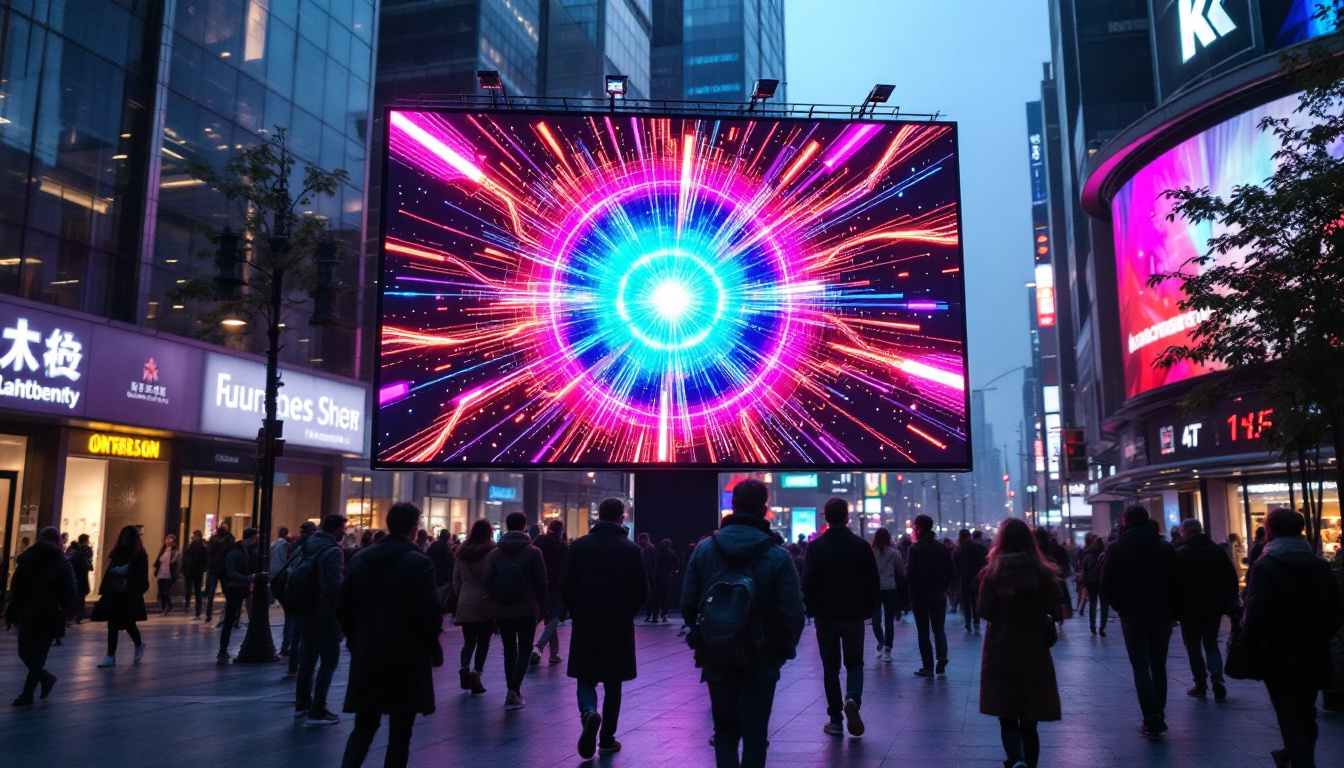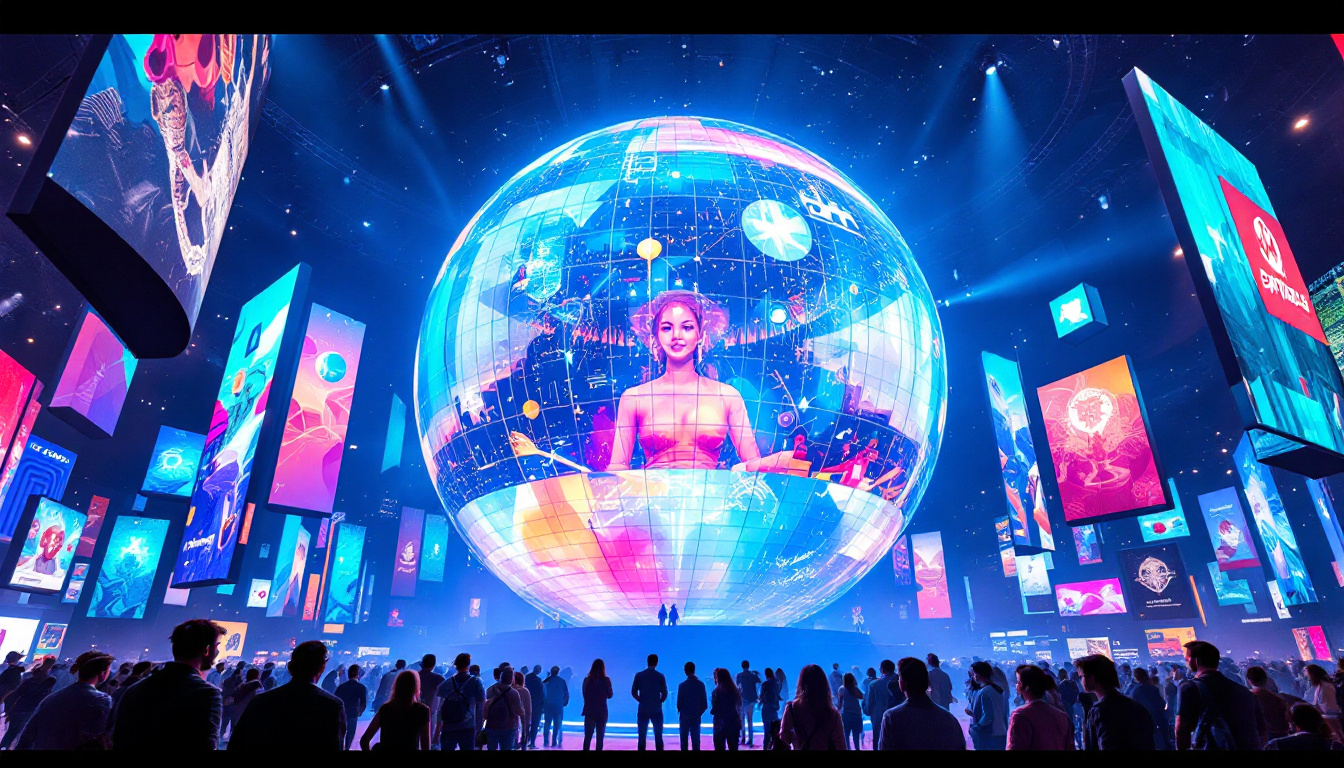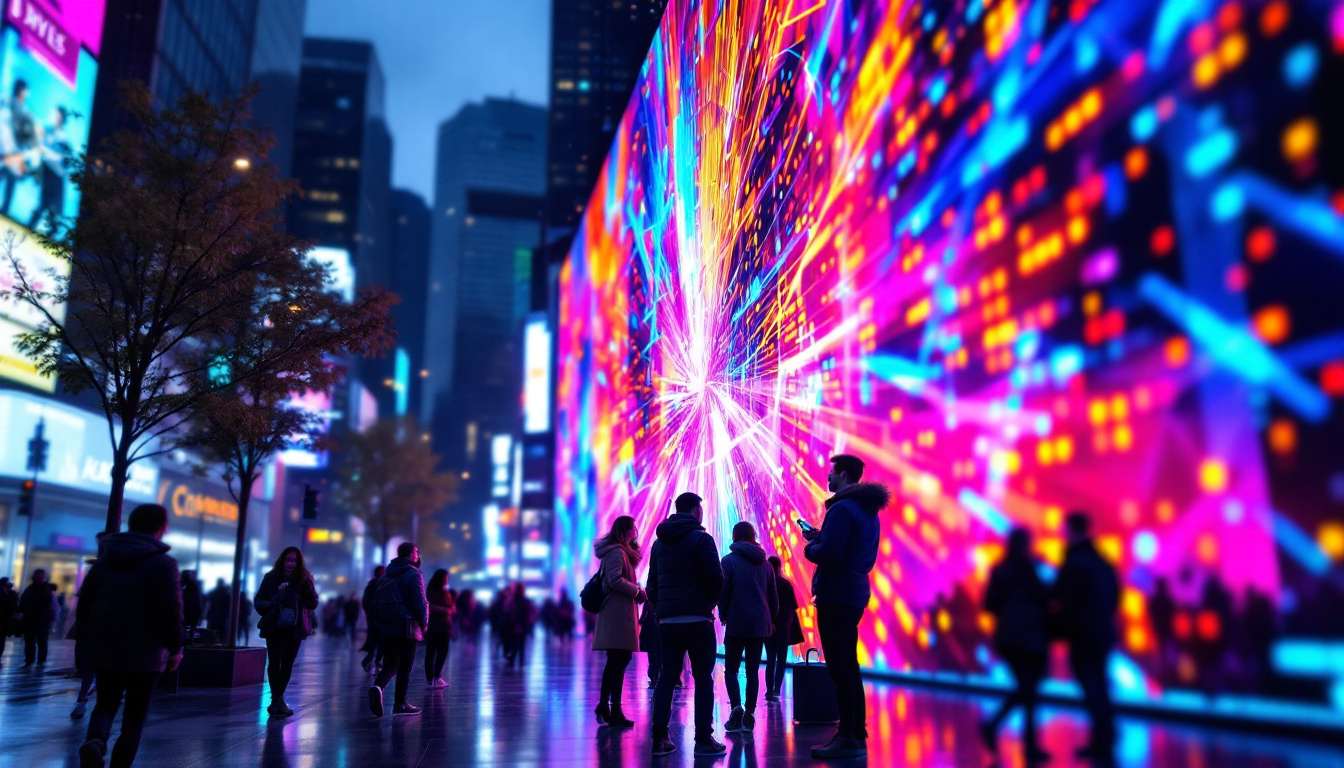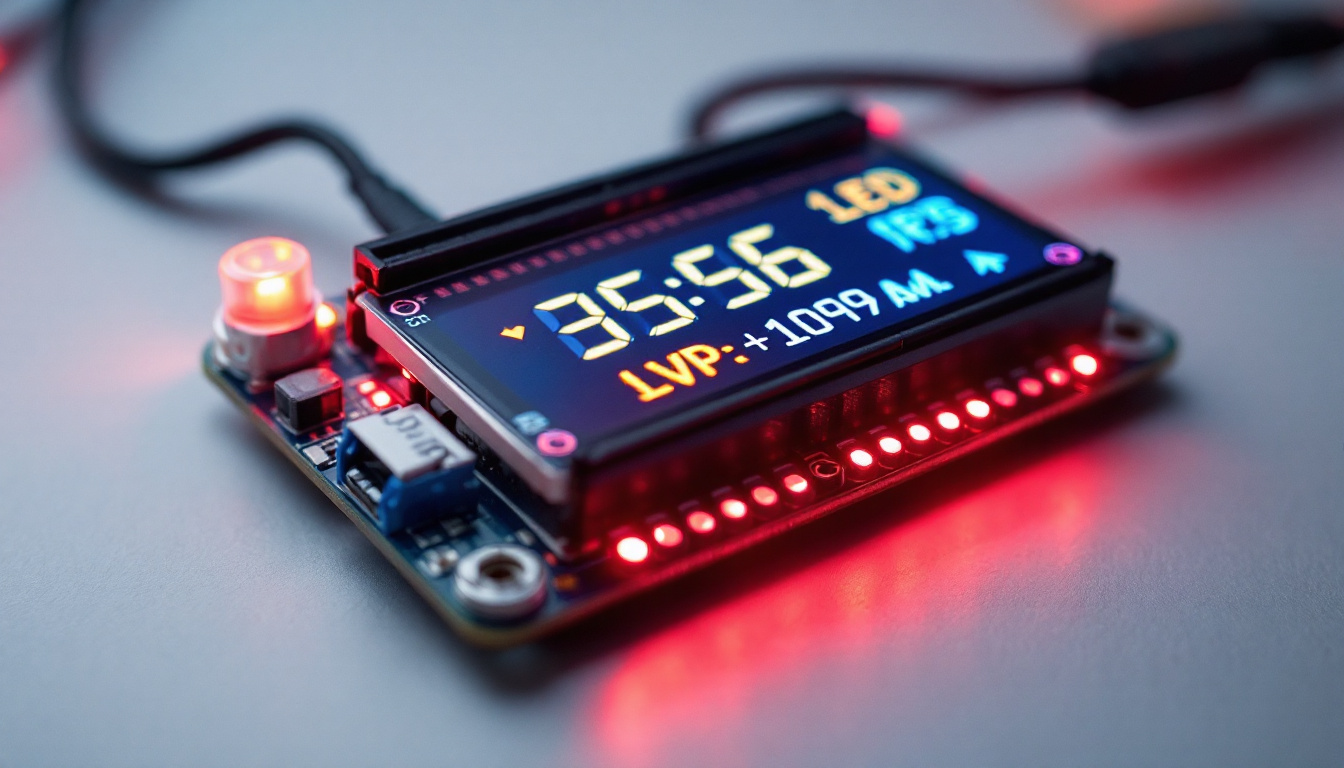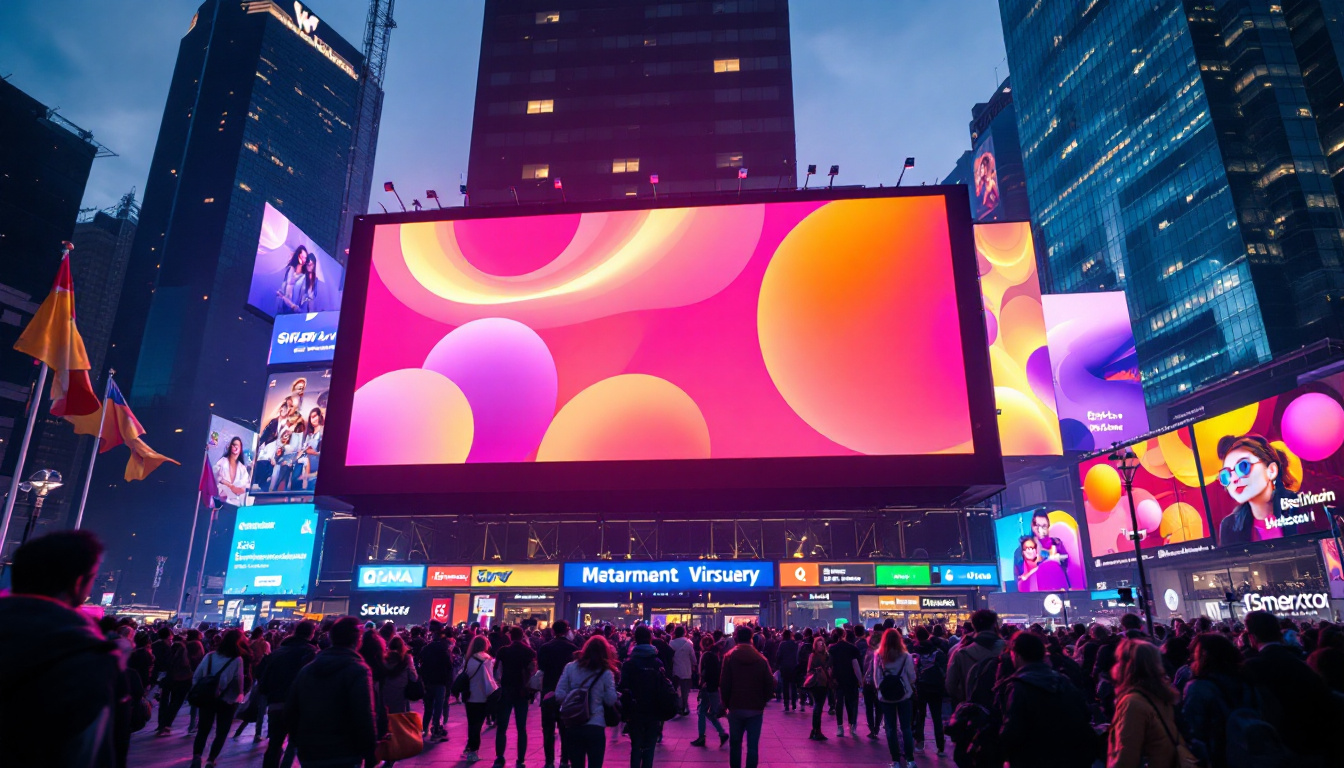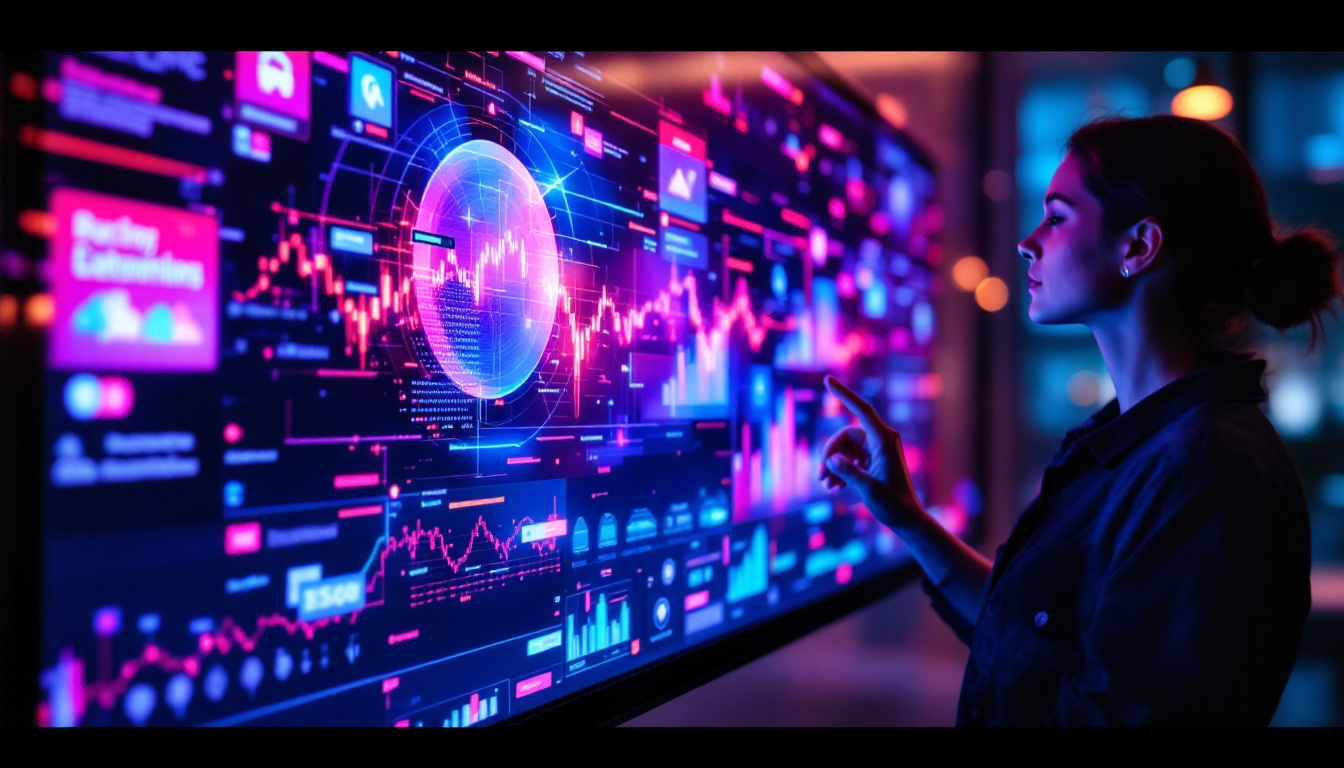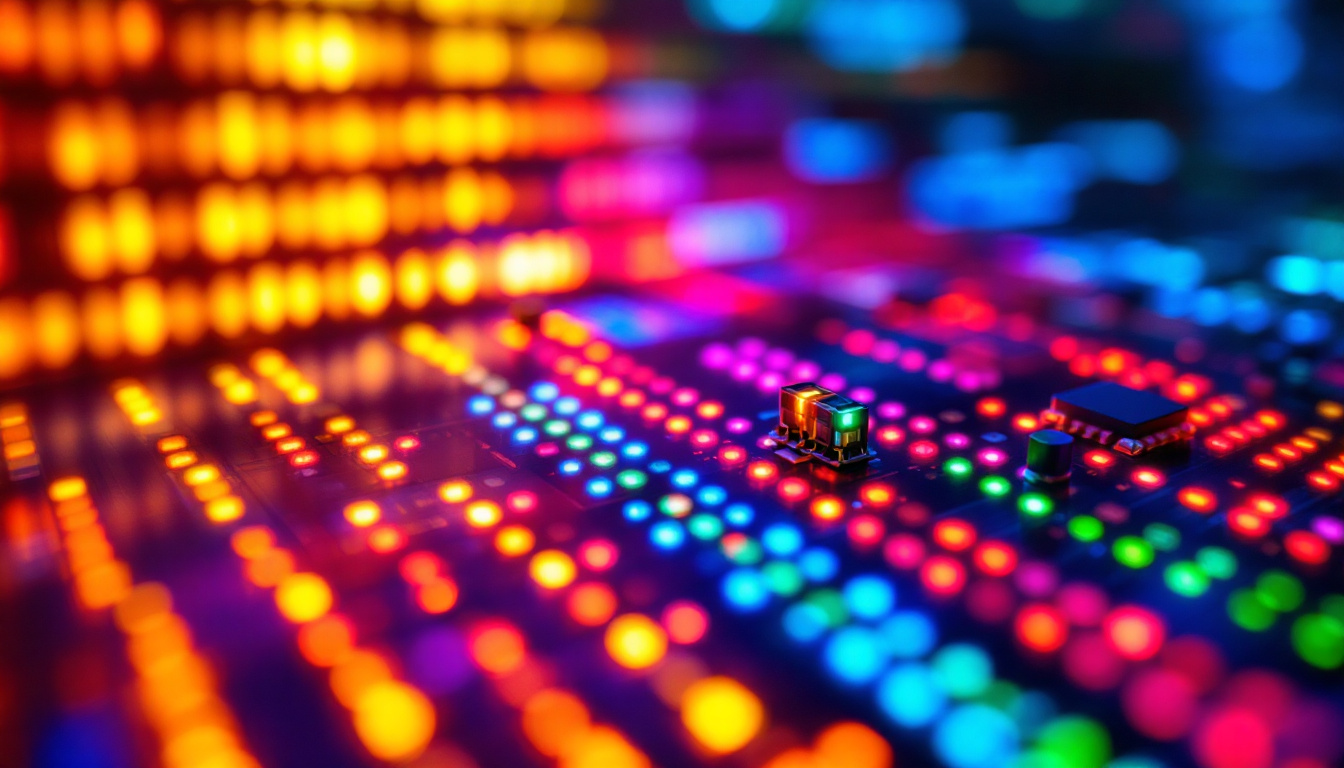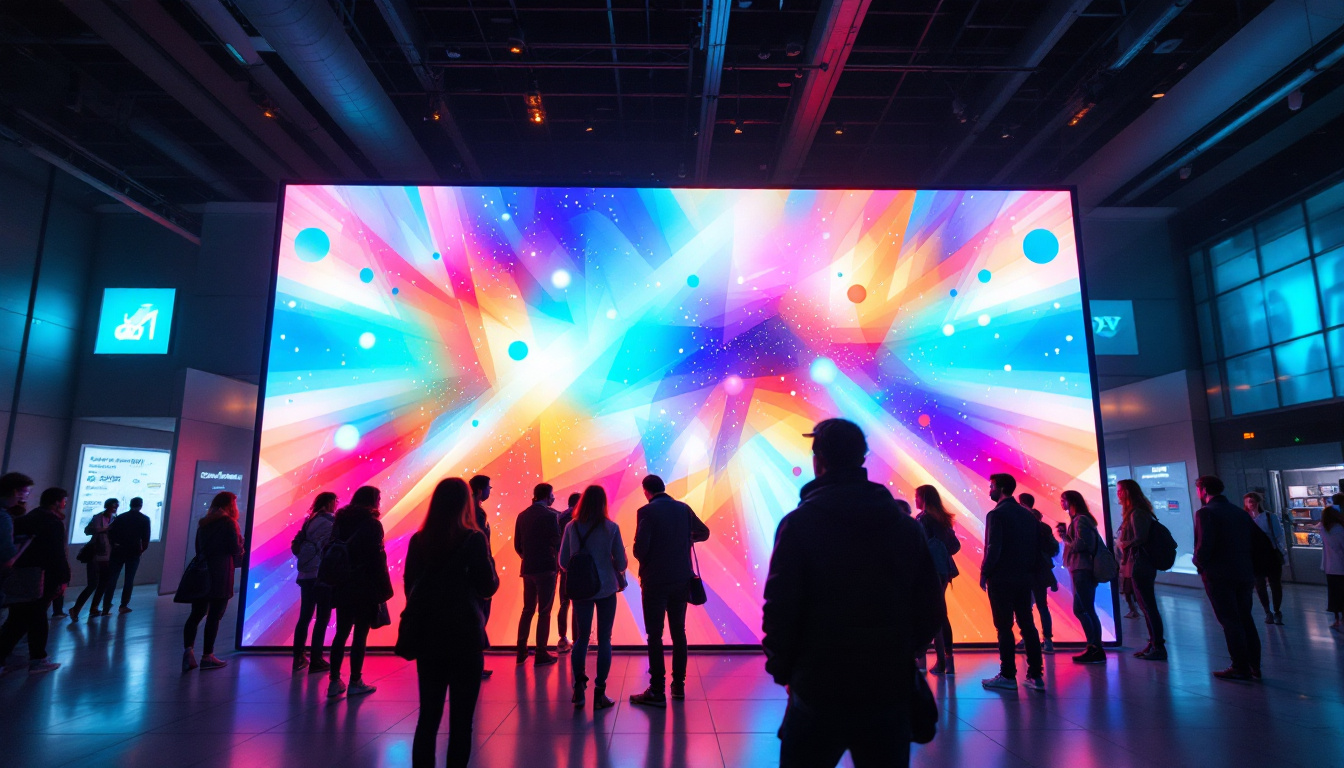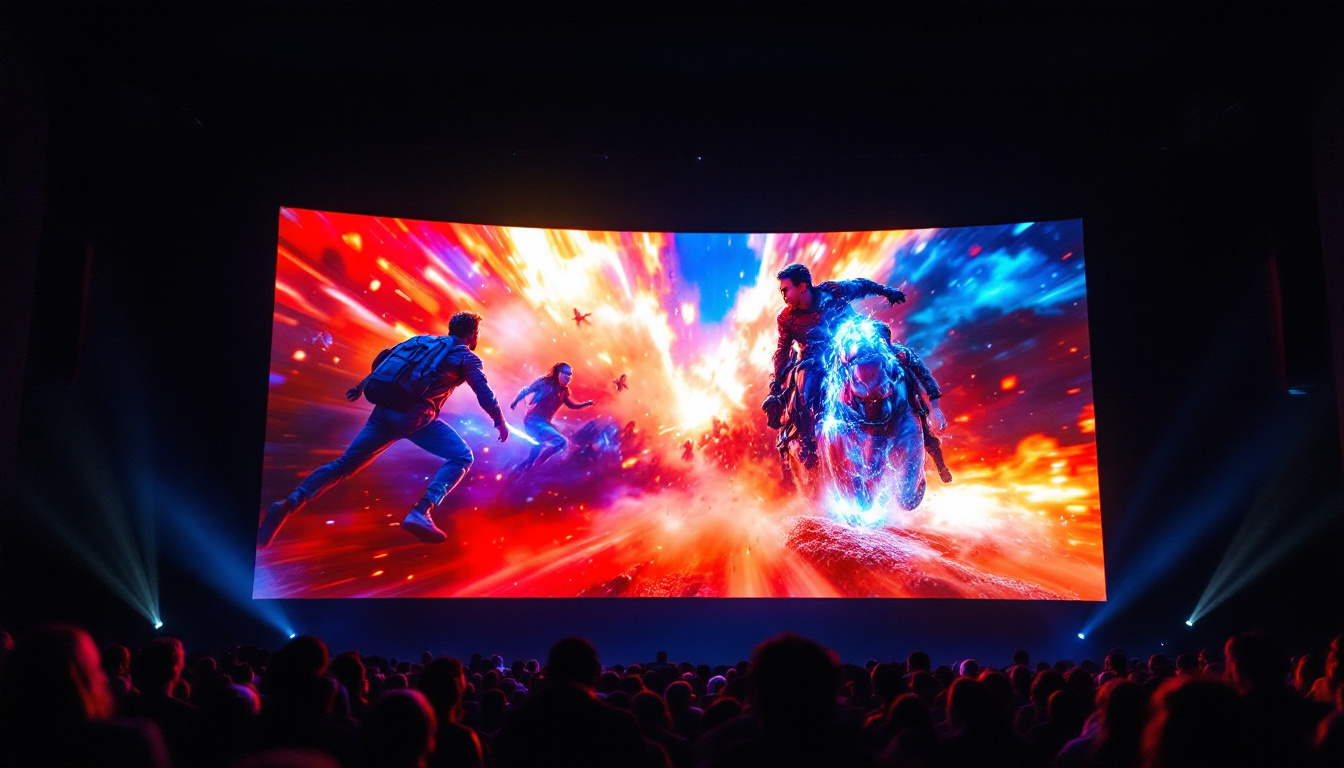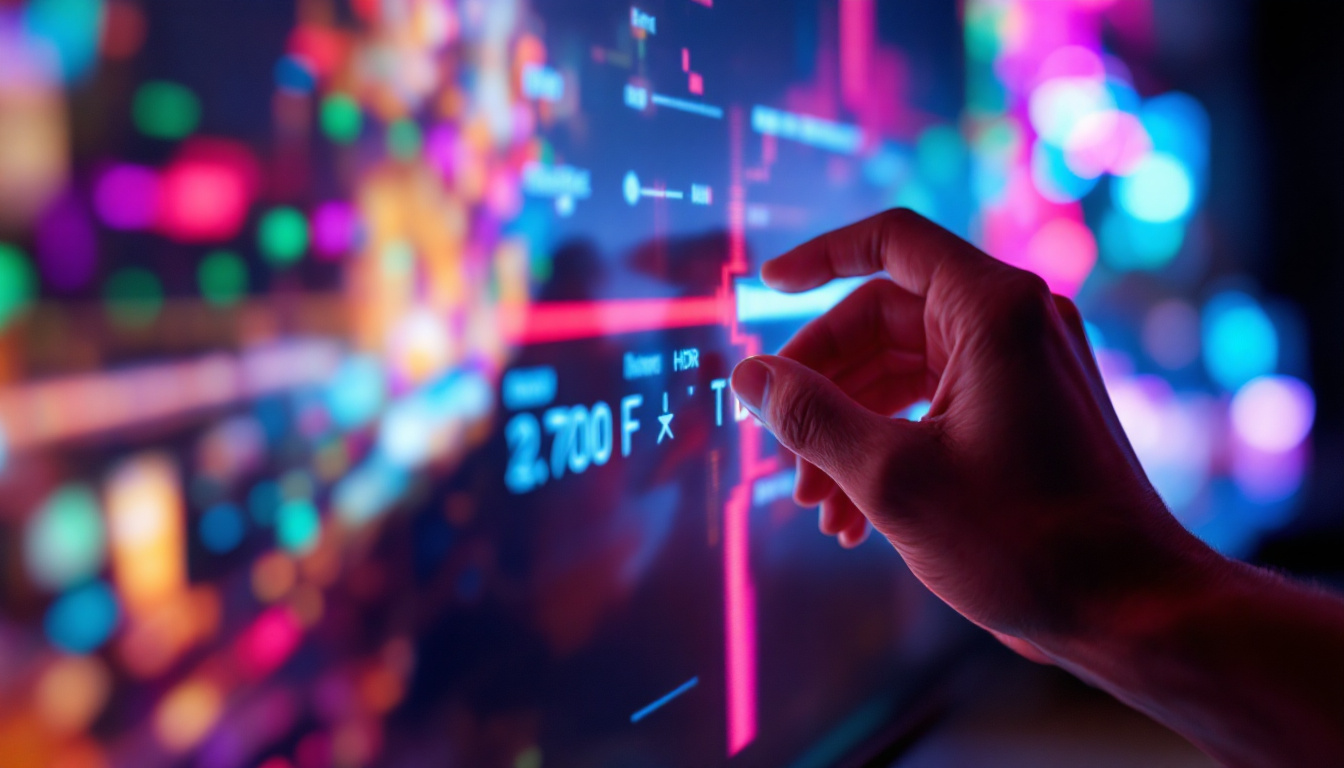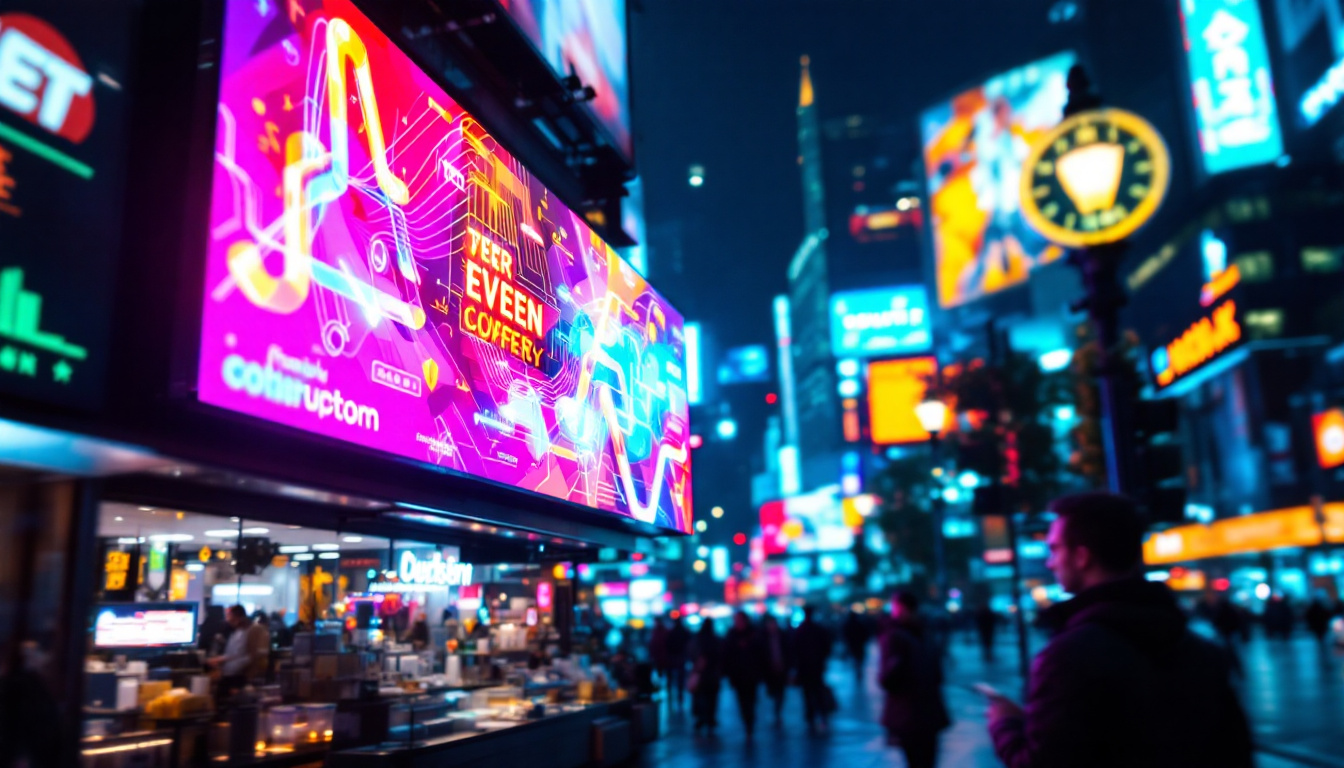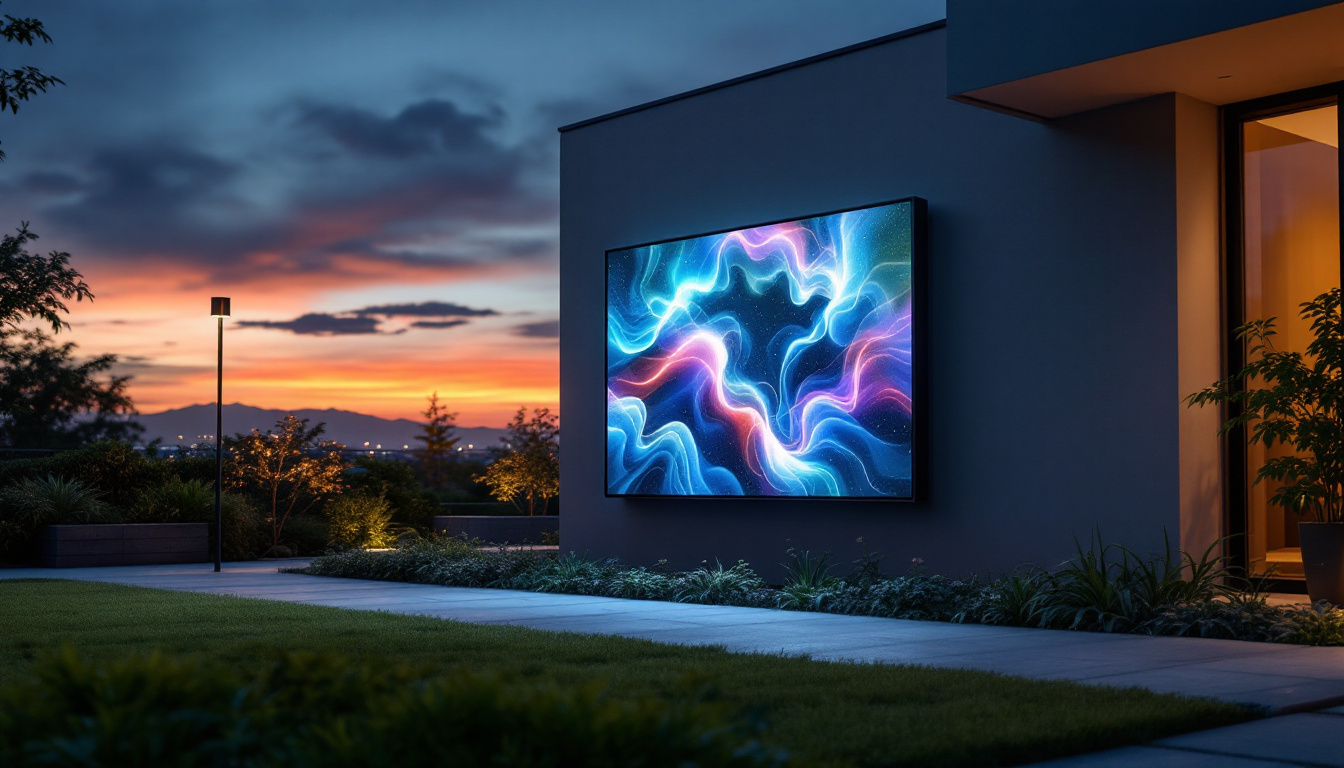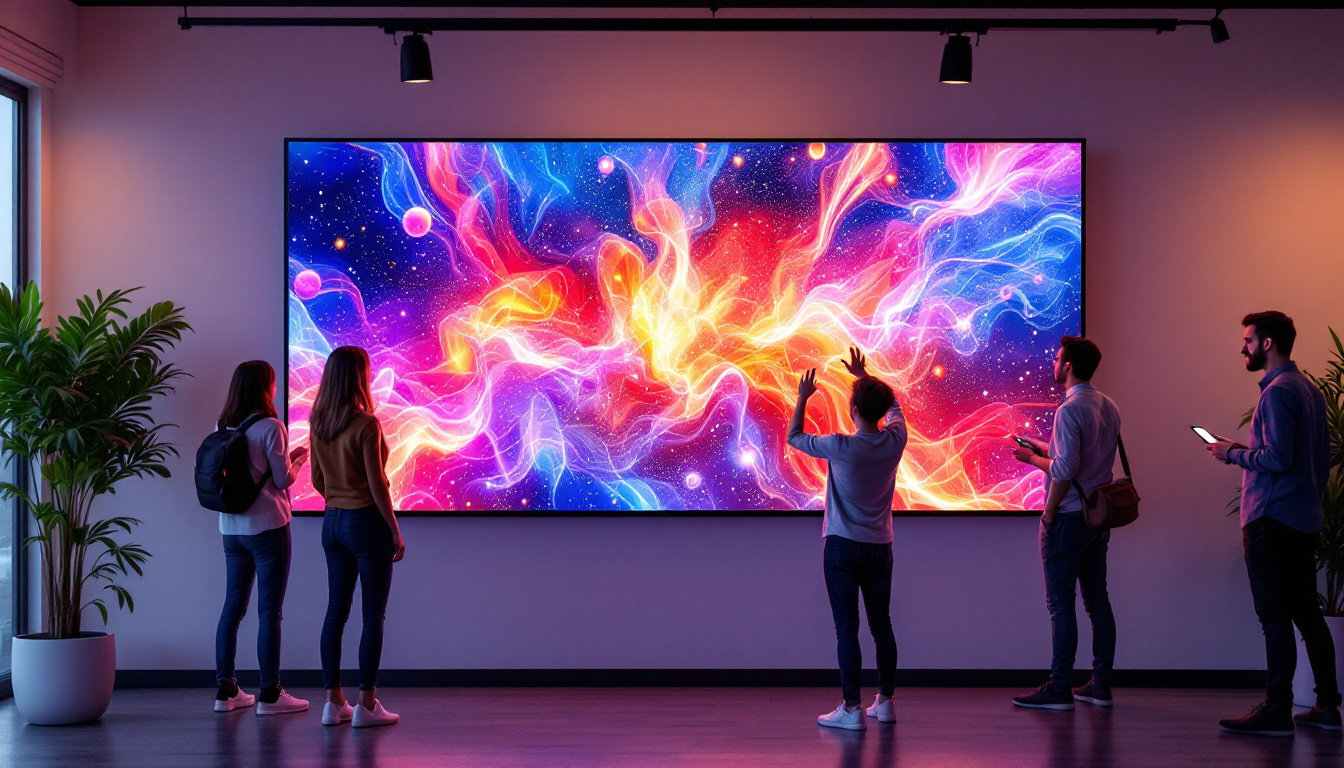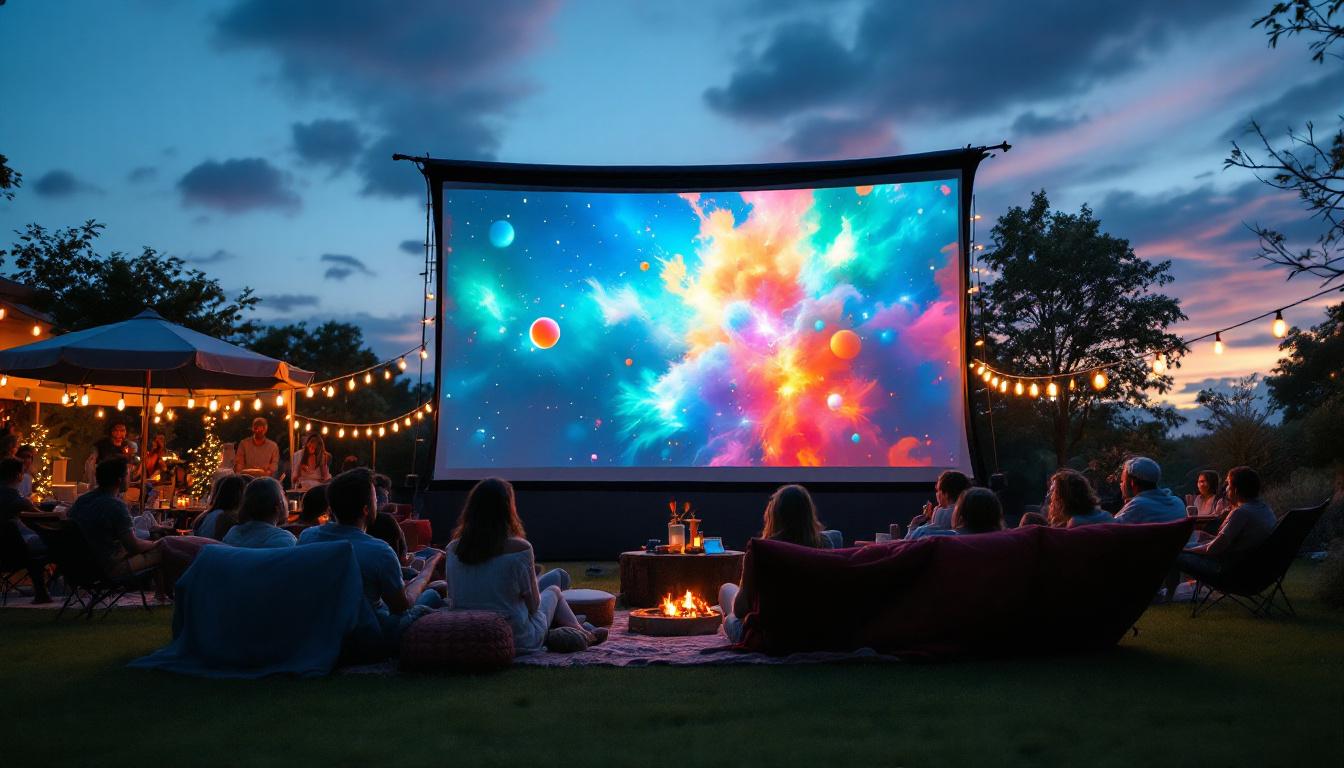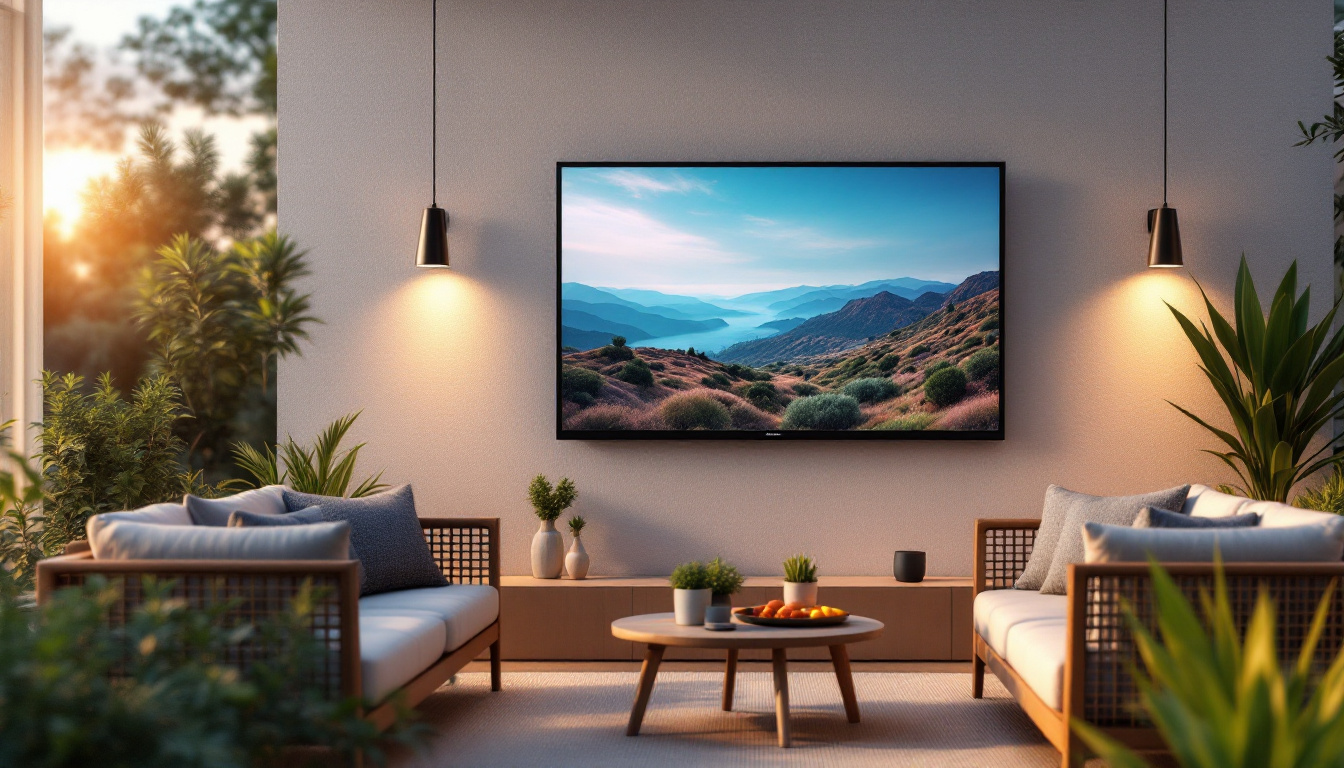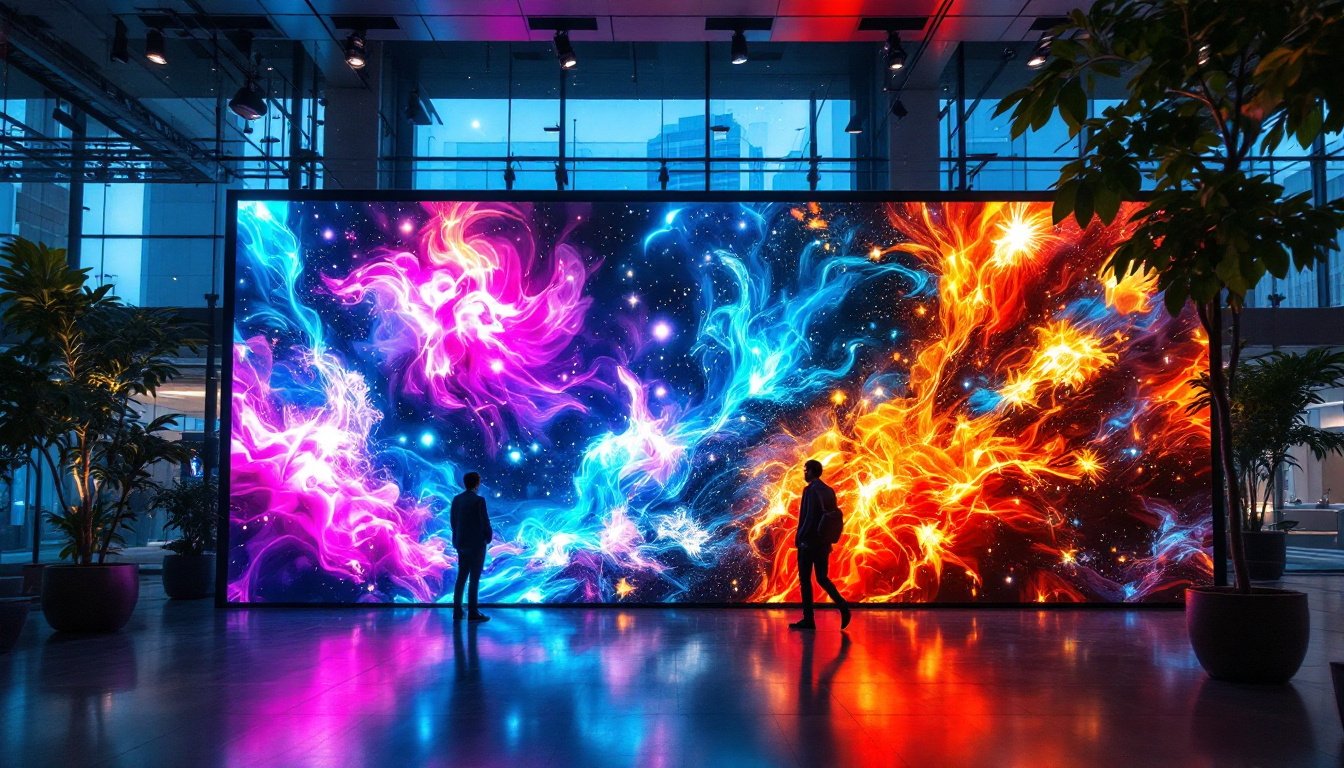In the evolving world of visual technology, LED displays have become the cornerstone of large-format screens, revolutionizing how audiences experience content in public spaces, stadiums, retail environments, and beyond. From the dazzling billboards of Times Square to the immersive video walls in modern conference centers, LED technology offers unparalleled brightness, color accuracy, and scalability.
This article delves into the fundamentals of LED displays, exploring their technology, applications, advantages, and future trends. Whether you are a business owner considering a digital signage solution or a technology enthusiast curious about big screen formats, understanding LED displays is essential in today’s visual communication landscape.
Understanding LED Display Technology
What is an LED Display?
LED stands for Light Emitting Diode, a semiconductor device that emits light when an electric current passes through it. An LED display consists of thousands to millions of these tiny diodes arranged in a grid to form pixels that collectively produce images and video content. Unlike traditional LCD screens, LED displays use direct light emission, which allows for higher brightness and better contrast ratios.
These displays come in various configurations, including indoor and outdoor models, each optimized for specific viewing environments. The modular nature of LED panels enables manufacturers to create screens of virtually any size, from small retail signs to massive stadium scoreboards.
How LED Displays Work
Each pixel on an LED display is typically made up of three sub-pixels: red, green, and blue. By varying the intensity of these sub-pixels, the display can produce a broad spectrum of colors. This RGB system is the foundation of all color displays, but LEDs have the advantage of emitting pure light, resulting in vibrant and true-to-life colors.
LED displays are controlled by sophisticated electronics that manage the timing and intensity of each diode. These control systems refresh the image rapidly — often at rates exceeding 60Hz — to ensure smooth motion and reduce flicker, which is critical for video playback and live broadcasts.
Types of LED Displays
Indoor vs. Outdoor LED Displays
One of the primary distinctions in LED display technology is between indoor and outdoor models. Indoor LED displays are designed with higher pixel density and smaller pixel pitch, meaning the diodes are closer together. This results in sharper images suitable for close viewing distances, such as in shopping malls, airports, or corporate lobbies.
Outdoor LED displays, on the other hand, prioritize brightness and weather resistance. These screens can reach brightness levels of 5,000 to 10,000 nits or more, ensuring visibility even in direct sunlight. They are also built to withstand rain, wind, and temperature extremes, making them ideal for billboards, sports arenas, and public squares.
Direct View LED vs. LED-Backlit LCD
It’s important to differentiate between direct view LED displays and LED-backlit LCD screens. Direct view LED displays use LEDs as the actual pixels, emitting light directly to the viewer. In contrast, LED-backlit LCDs use LEDs only as a backlight behind liquid crystal panels, which modulate the light to create images.
Direct view LED displays offer superior contrast, viewing angles, and scalability, making them the preferred choice for large-format applications. LED-backlit LCDs remain popular for smaller screens like televisions and computer monitors due to cost and manufacturing considerations.
Key Advantages of LED Displays
Brightness and Visibility
One of the most significant advantages of LED displays is their exceptional brightness. With peak brightness levels far exceeding those of traditional display technologies, LEDs remain visible in challenging lighting conditions, including direct sunlight. This makes them indispensable for outdoor advertising and event venues.
Additionally, LED displays maintain consistent brightness over time, thanks to the longevity of LED components, which typically last 50,000 to 100,000 hours. This durability ensures that the investment in LED technology delivers long-term value.
Color Accuracy and Contrast
LED displays produce vibrant colors with high color gamut coverage, often exceeding 90% of the DCI-P3 color space used in digital cinema. This wide color range allows for lifelike images and dynamic content that captures viewers’ attention.
Moreover, LEDs offer excellent contrast ratios because they can turn individual pixels completely off to display true blacks. This capability enhances image depth and detail, especially in dark scenes, providing a cinematic viewing experience.
Flexibility and Scalability
Modularity is a hallmark of LED display technology. Panels can be combined seamlessly to create screens of any size or shape, from traditional rectangular billboards to curved or even spherical installations. This flexibility enables creative freedom for designers and advertisers alike.
Furthermore, LED displays can be customized with various pixel pitches — the distance between individual LEDs — to balance resolution and viewing distance. For example, a pixel pitch of 1.2mm is ideal for close-up indoor viewing, while 10mm or more is suitable for large outdoor displays viewed from afar.
Applications of LED Displays in the Big Screen Format
Advertising and Digital Signage
LED displays have transformed advertising by enabling dynamic, eye-catching digital signage. Brands can update content in real-time, target specific audiences, and incorporate interactive elements. According to a recent report by Grand View Research, the global digital signage market is expected to reach $32.84 billion by 2028, with LED technology driving much of this growth.
Iconic locations like Piccadilly Circus in London and Shibuya Crossing in Tokyo showcase the power of LED billboards to captivate millions of viewers daily, creating memorable brand experiences.
Sports and Entertainment Venues
Stadiums and arenas rely heavily on LED displays for scoreboards, video walls, and immersive fan experiences. The ability to display high-resolution live video feeds, instant replays, and interactive content enhances spectator engagement and adds value to events.
For example, the AT&T Stadium in Dallas features one of the largest high-definition LED screens in the world, measuring 160 feet wide and 72 feet tall. Such installations highlight how LED technology elevates the atmosphere and commercial opportunities in sports venues.
Corporate and Event Spaces
In corporate environments, LED video walls are increasingly used for presentations, branding, and virtual collaboration. Their high resolution and brightness make them ideal for conference rooms, trade shows, and product launches.
Event organizers also use LED displays to create immersive environments, from concerts to exhibitions. The ability to customize screen size and shape allows for innovative stage designs and engaging audience interactions.
Considerations When Choosing an LED Display
Pixel Pitch and Resolution
The pixel pitch directly influences the resolution and clarity of an LED display. Smaller pixel pitches provide higher resolution but come at a higher cost. When selecting an LED display, it’s crucial to consider the typical viewing distance. For instance, a 2mm pixel pitch is suitable for viewing distances of 2 meters or less, while a 10mm pitch is effective for distances greater than 10 meters.
Balancing resolution with budget and intended use ensures optimal performance and viewer satisfaction.
Brightness and Environmental Factors
Outdoor LED displays require higher brightness levels to combat sunlight glare, while indoor displays can operate at lower brightness to reduce eye strain. Additionally, environmental conditions such as temperature, humidity, and exposure to elements must be considered to ensure the longevity and reliability of the display.
Maintenance and Lifespan
LED displays generally offer long lifespans, but maintenance is essential to sustain performance. Regular cleaning, calibration, and timely repairs can prevent image degradation and extend the display’s useful life. Choosing displays with easy access to components and reputable manufacturer support can reduce downtime and maintenance costs.
The Future of LED Display Technology
MicroLED and MiniLED Innovations
Emerging technologies like MicroLED and MiniLED promise to push the boundaries of LED displays further. MicroLEDs are significantly smaller than traditional LEDs, allowing for even higher resolution and thinner displays. This technology is poised to compete with OLED in premium display markets, offering superior brightness and durability without burn-in issues.
MiniLED technology enhances LCD displays by using thousands of tiny LEDs for backlighting, improving contrast and brightness. These advancements are already appearing in high-end televisions and professional monitors.
Flexible and Transparent LED Displays
Innovation in materials and manufacturing has led to flexible LED displays that can bend and curve without compromising image quality. This opens new possibilities for creative installations in architecture and wearable technology.
Transparent LED displays are another exciting development, enabling screens that can overlay digital content on glass surfaces without obstructing the view. This technology is gaining traction in retail windows, automotive heads-up displays, and smart building facades.
Integration with AI and IoT
As LED displays become smarter, integration with artificial intelligence (AI) and the Internet of Things (IoT) is enhancing content personalization and operational efficiency. AI-driven analytics can optimize content based on audience demographics and behavior, while IoT connectivity allows for remote monitoring and management of display networks.
This convergence of technologies is transforming LED displays from static advertising tools into dynamic, interactive platforms that engage audiences in real-time.
Conclusion
LED displays have firmly established themselves as the premier choice for big screen formats across a wide range of industries. Their superior brightness, color accuracy, flexibility, and durability make them ideal for everything from outdoor advertising to immersive entertainment experiences.
Understanding the technology behind LED displays and the factors influencing their performance is crucial for making informed decisions when investing in large-format screens. With ongoing innovations such as MicroLED, flexible displays, and AI integration, the future of LED technology promises even more exciting possibilities for visual communication.
For businesses and organizations looking to captivate audiences with impactful visuals, LED displays offer a compelling solution that combines technological excellence with creative freedom.
Discover LumenMatrix LED Display Solutions
Ready to elevate your visual impact with the latest in LED display technology? LumenMatrix is at the forefront of innovation, offering a diverse range of LED display solutions tailored to your unique needs. From vibrant Indoor and Outdoor LED Wall Displays to dynamic Vehicle and Sports LED Displays, our products are designed to captivate and engage your audience. Experience the future of visual communication with our Custom, All-in-One, and Transparent LED Displays. Check out LumenMatrix LED Display Solutions today and transform your space into a mesmerizing visual experience.

